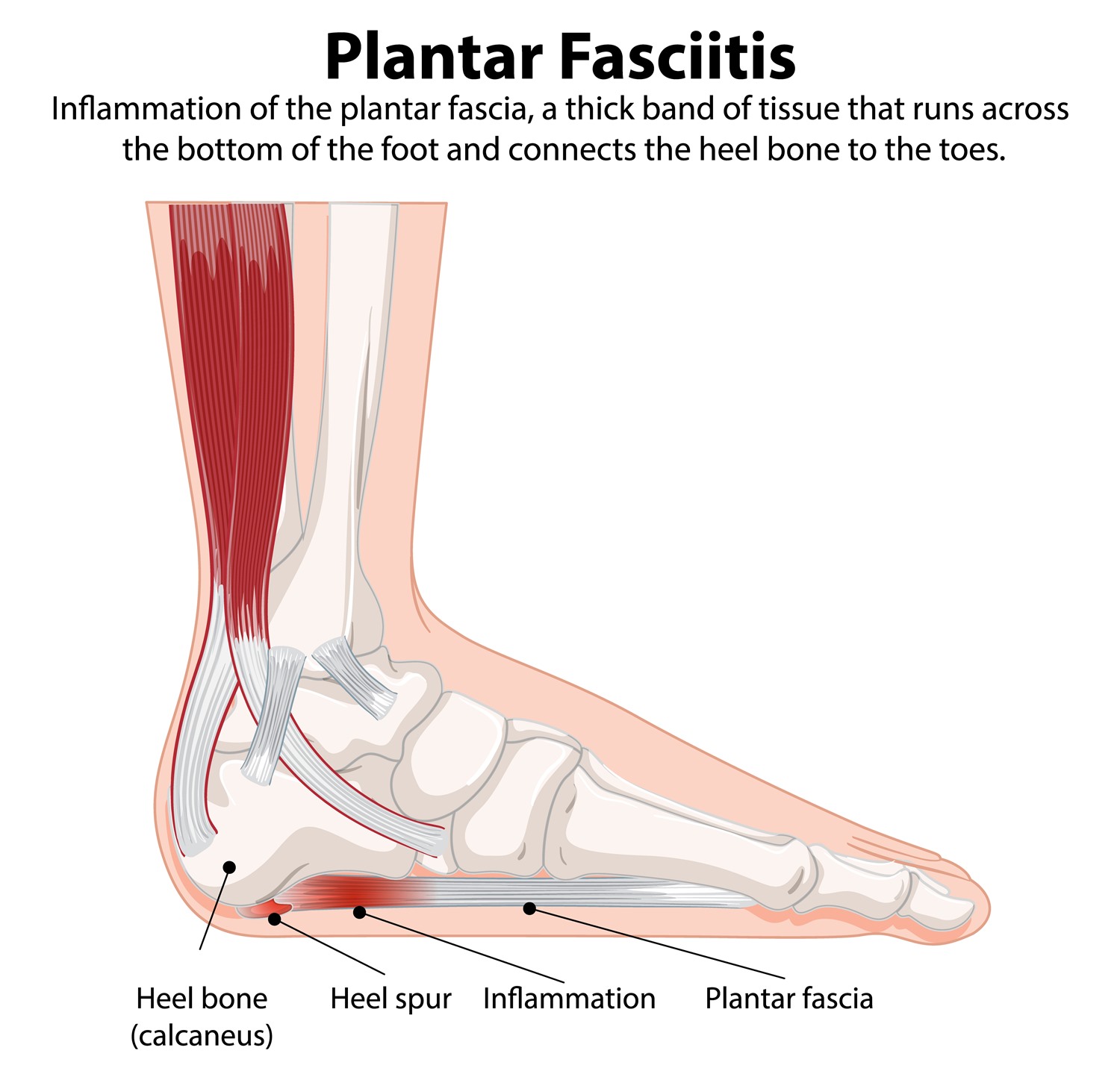The treatment of this condition is very broad based and varies from over the counter arch supports, to surgical release of the ligament. Typically treatment will begin using some sort of support in the shoe. Walking barefoot is discouraged in anyone suffering with this condition. Oral anti-inflammatories and stretching of the ligament is encouraged.
If the symptoms persist then your podiatrist will usually try a specialized taping technique, or prescription orthotics (arch supports made from a mold of the persons foot). Injectable cortisone or Rx. Medication may also be used. Casting or boot immobilization may also be required.
In the most severe cases of plantar fasciitis, surgery may be considered. During this procedure the ligament is partially cut to release tension.

